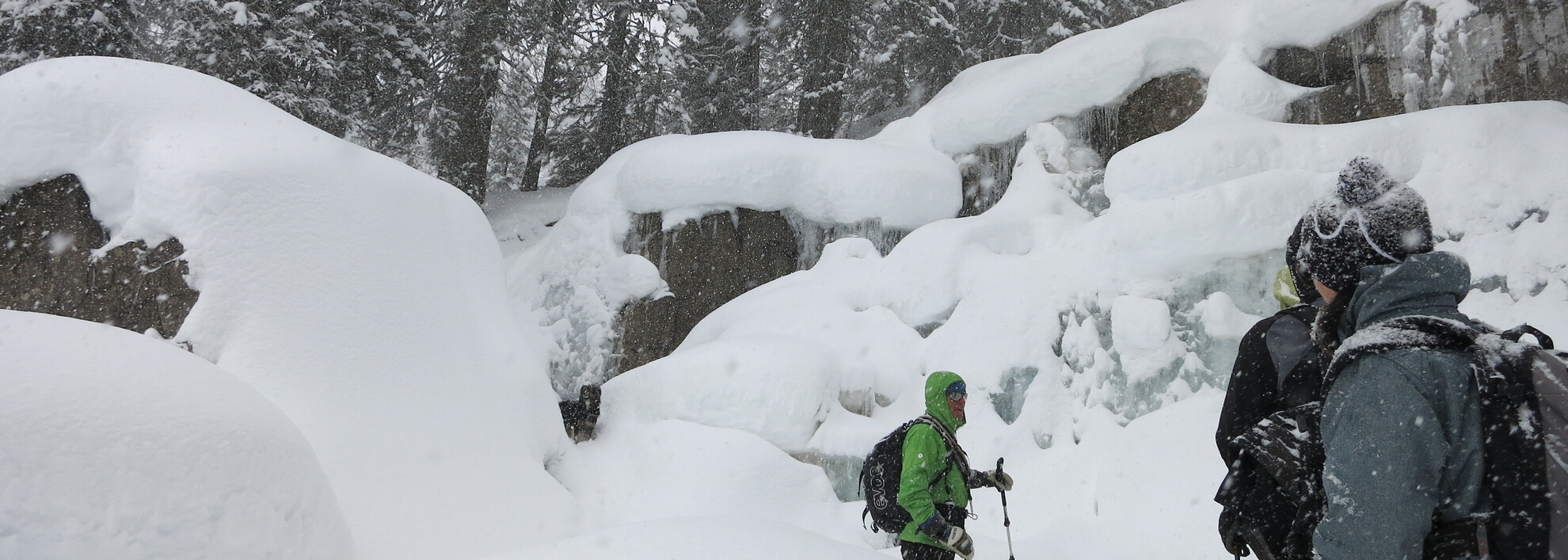
Snowshoe Hiking to the Schwarzwasserhütte
Snowshoes are special aids that help you to move through the snow and have been used in many snowy areas since time immemorial.
Some interesting facts to begin with:
They distribute a person’s weight over a greater surface area so that the feet do not sink into the snow so much. Snowshoe hiking is now one of the most popular types of winter sport and has become a great alternative to ski touring. It is not known where snowshoes originate from and when they were first invented. It is certain that people living in snow covered areas have used snowshoes for a very long time. Almost every indigenous tribe in America invented a type of snowshoe and the most simple and primitive types have been found in the far north. The Inuits have two different types and the longest snowshoes were created by the Cree Indians.
Advantages of snowshoe hiking:
- You can take part in snowshoe hiking at any level, as a leisure activity and even as a high-performance sport. This is determined by the speed at which you walk and the terrain;
- You don’t need any prior knowledge to learn snowshoe hiking techniques;
- Snowshoe hiking complements cross-country skiing because they are both types of endurance sports. It is also well-suited to steeper terrain where there are no cross-country ski trails.
- You can go snowshoe hiking irrespective of the thickness of the snow and the type of snow from powder snow to crisp crunchy snow. You are less dependent on the external conditions and it is not necessary to go to all the trouble and expense that is usually required to prepare the pistes for alpine ski sports.
- Snowshoe hiking complements other types of winter sports perfectly and it does not require a great outlay of money because many people already have certain accessories such as telescopic ski poles, hiking boots etc.
Our small group consists of 8 intrepid snow adventurers, Helmut and Paul. We are all equipped with snowshoes, ski poles and avalanche transceivers. Avalanche transceivers are available on every winter tour run by the Bergschule and are not just a compulsory part of the kit, they are also necessary to ensure personal safety. Due to the persistent snowfall, Helmut, who I already know from numerous summer tours, promises us beautiful, fairytale winter landscapes, canyons covered in deep snow and a magical frozen waterfall. Suddenly it is there; the scepticism that accompanies the overblown descriptions of alpine adventures. Snowshoe hiking is actually very easy. If you can walk, you can go snowshoe hiking. In our case, however, a good basic level of fitness is required.
As Franz Kafka once said, ‘Paths are made by walking.’ We have also forged the path that we have sought and we soon conquer the waterfall. We then continue on through the Schwarzwasserbach Gorge and continue uphill towards our final destination. We make the first tracks in the pure virgin snow and the only thing we have to do is to enjoy the landscape more and more intensively. After around just over two hours of absolute climbing pleasure, we emerge from the pure and unspoiled natural surroundings and walk the final few metres along a normal and well groomed winter hiking trail towards the Schwarzwasserhütte. Located at 1,620 metres above sea level and owned by the Swabian Division of the German Alpine Club (DAV), this is one of the most beautifully situated huts in Kleinwalsertal. We can sense our rewards beckoning: good homestyle cooking and hearty snacks help us to recharge our batteries and give us renewed strength for the journey back which lies before us. Even little Paul is allowed to relax and has a quick nap.
We then complete the descent above and through the Schwarzwasserbach Gorge and then Helmut presents us with a small challenge. The courageous among us agree to slide through a narrow crevasse on our backsides down into the depths. Jubilant Juchzger (whoops of joy) accompany this small and wild toboggan party. Those who preferred not to slide took the path to the bottom via the alp’s slope that was freshly covered in snow. They used the technique that they had just been practising and that by now felt very well tried and tested.
It is imperative to ensure that you are well prepared before you embark on this type of tour. Alpine dangers lurk behind every corner and should certainly never be ignored. As is the case with ski tours that are conducted off-piste or on cross-country skiing trails, it is very important that hikers respect nature, avoid forested areas, ensure signs forbidding any ascents are observed and are in a position to decide when a tour has to be aborted (e.g. in the event of a risk of avalanche, exhaustion, difficulties finding the way, poor visibility or time delays). All snowshoe hikes must be carefully prepared in order to minimise risks as much as possible. This includes especially:
- Checking avalanche and weather reports and adapting the tour accordingly;
- Ensuring all participants’ capabilities are accurately assessed;
- Ensuring that the best, i.e. safest, route is selected by carefully examining maps;
- Incorporating enough time for rests, refreshments and contingency (the days are short in the winter), e.g. a more difficult descent can actually take longer than an ascent;
- Checking avalanche and emergency equipment.
The best and safest way to enjoy this type of adventure is to join a guided tour with the Kleinwalsertal Bergschule. You will find lots of great offers to suit your requirements in the Winter-on-Top-Programm issued by the Kleinwalsertal Tourism Association.
At the end of our tour as we all arrive back at the Melköde Alp and stop for a short rest before the curtain falls on our day, I notice that the scepticism I had felt earlier in response to hearing the promises of fabulous alpine adventures had actually completely dissipated. It had given way to sheer delight in having had an exciting, stimulating, fascinating and wonderful day full of physical exertion, relaxation and powerful impressions – a truly top-class experience. I would like to heartily thank Helmut from the Bergschule Kleinwalsertal and I am already looking forward to my next alpine adventure.
I am planning my day in the snow dunes of the Gottesackerplateau for the following day when the weather forecast promises glorious sunshine. That is, of course, another story.
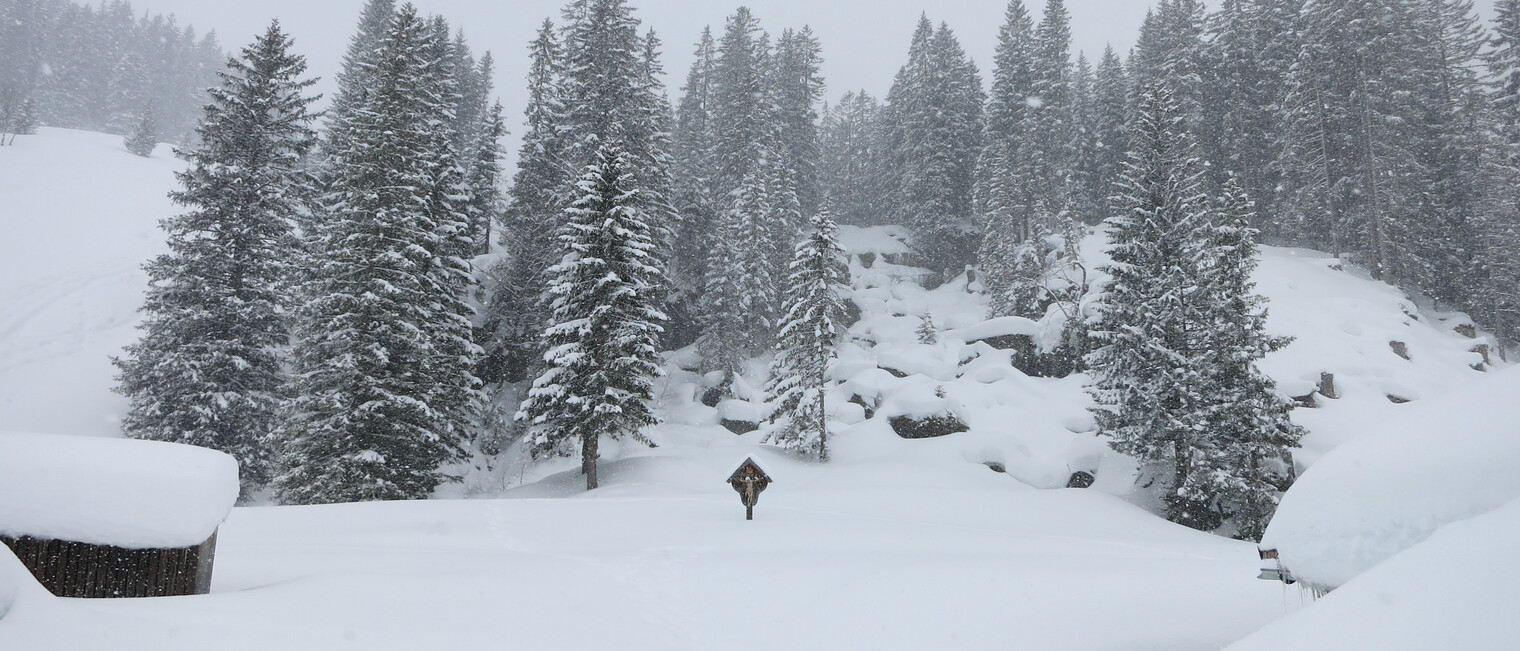
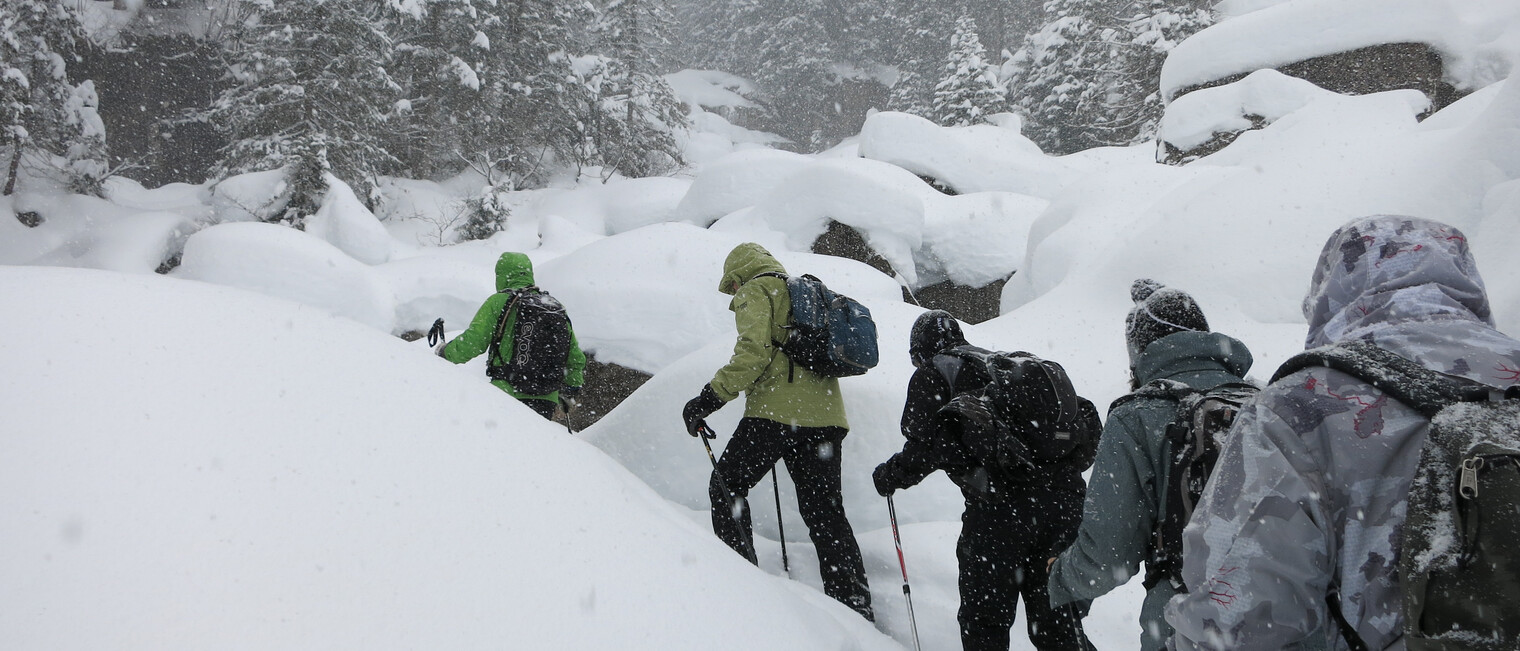

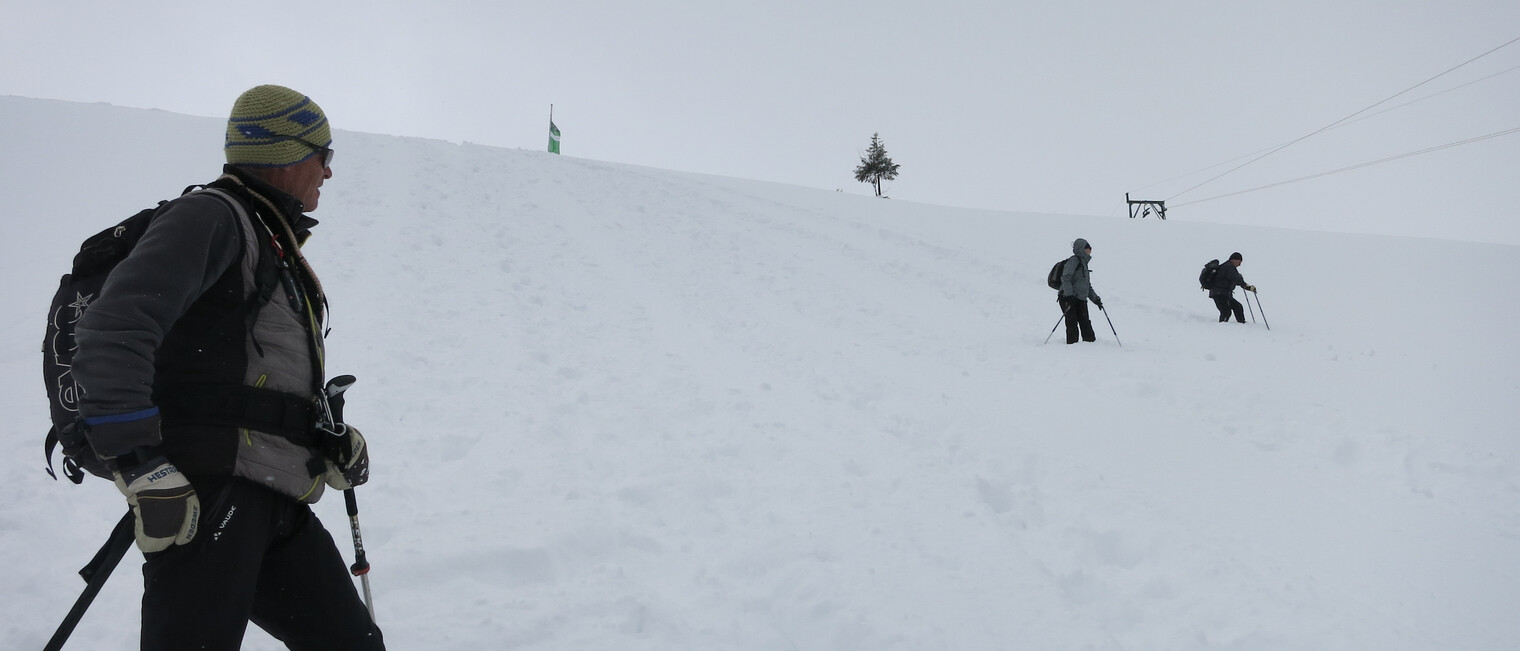
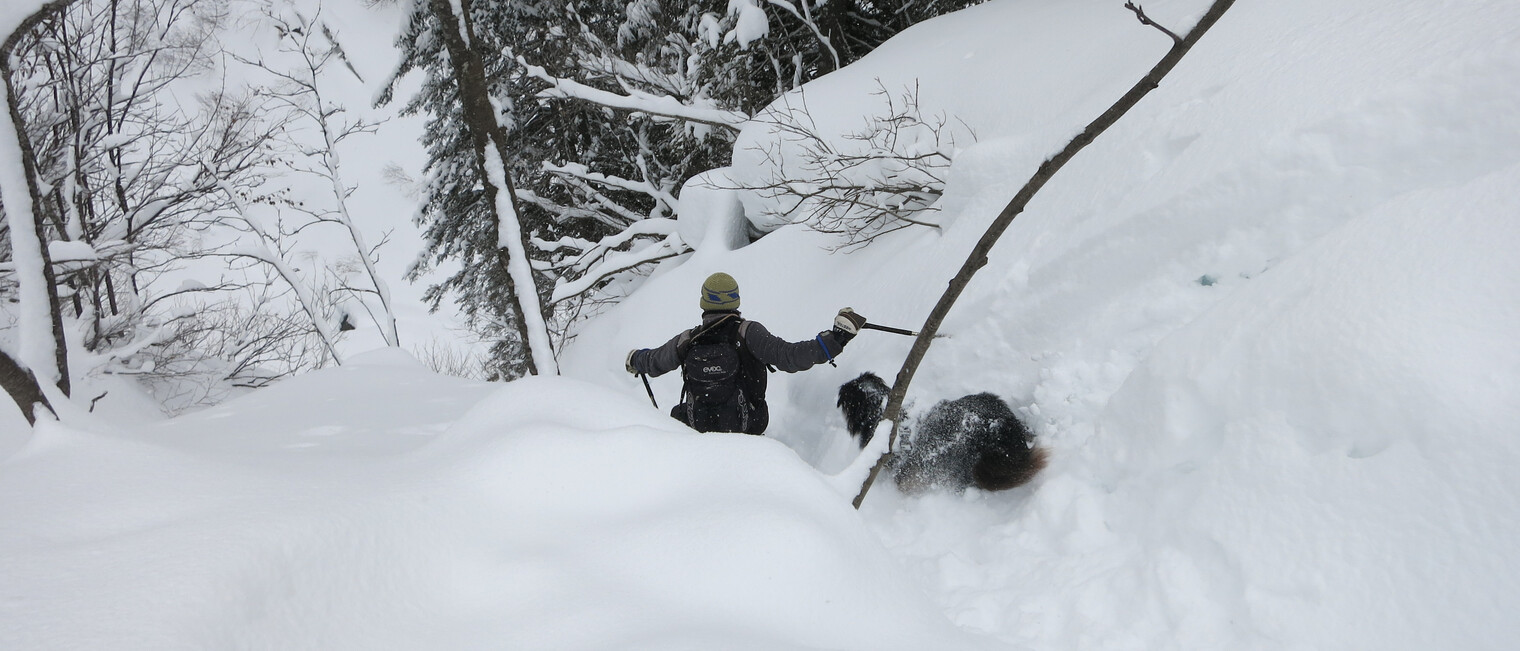
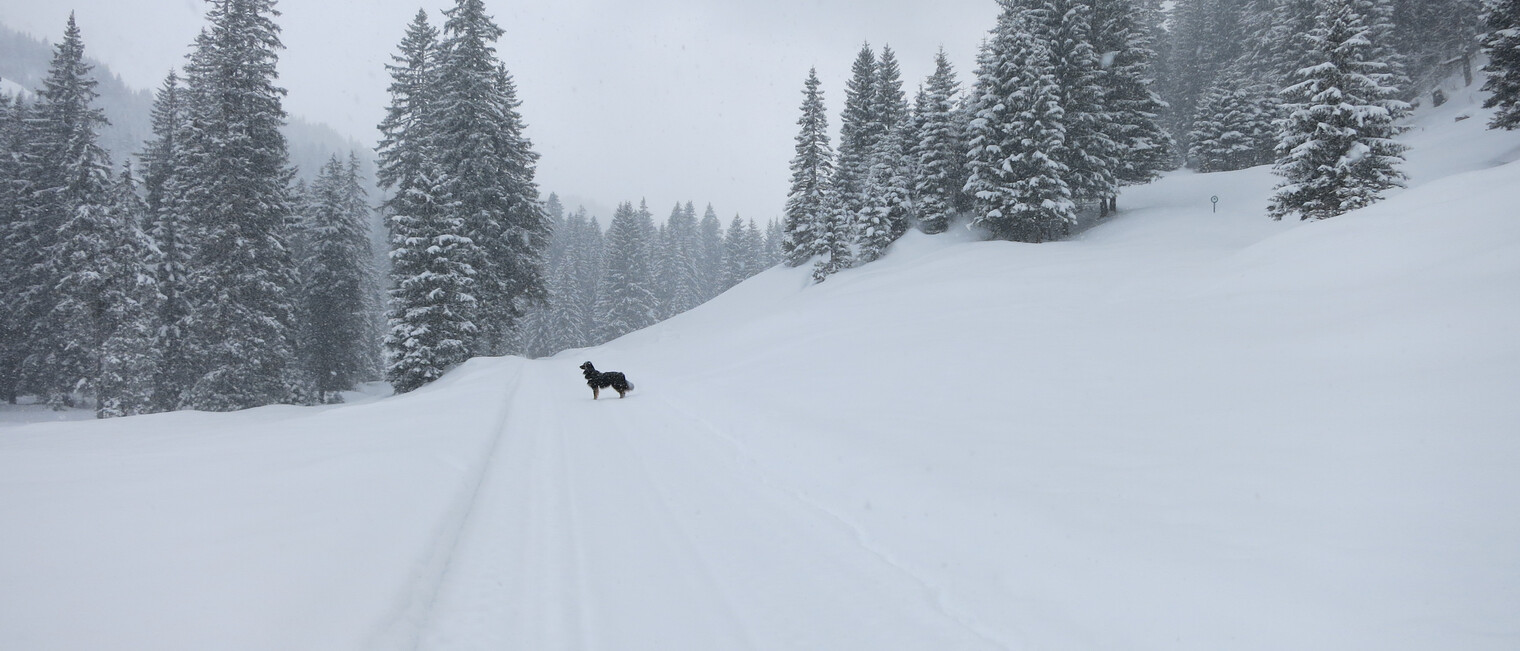
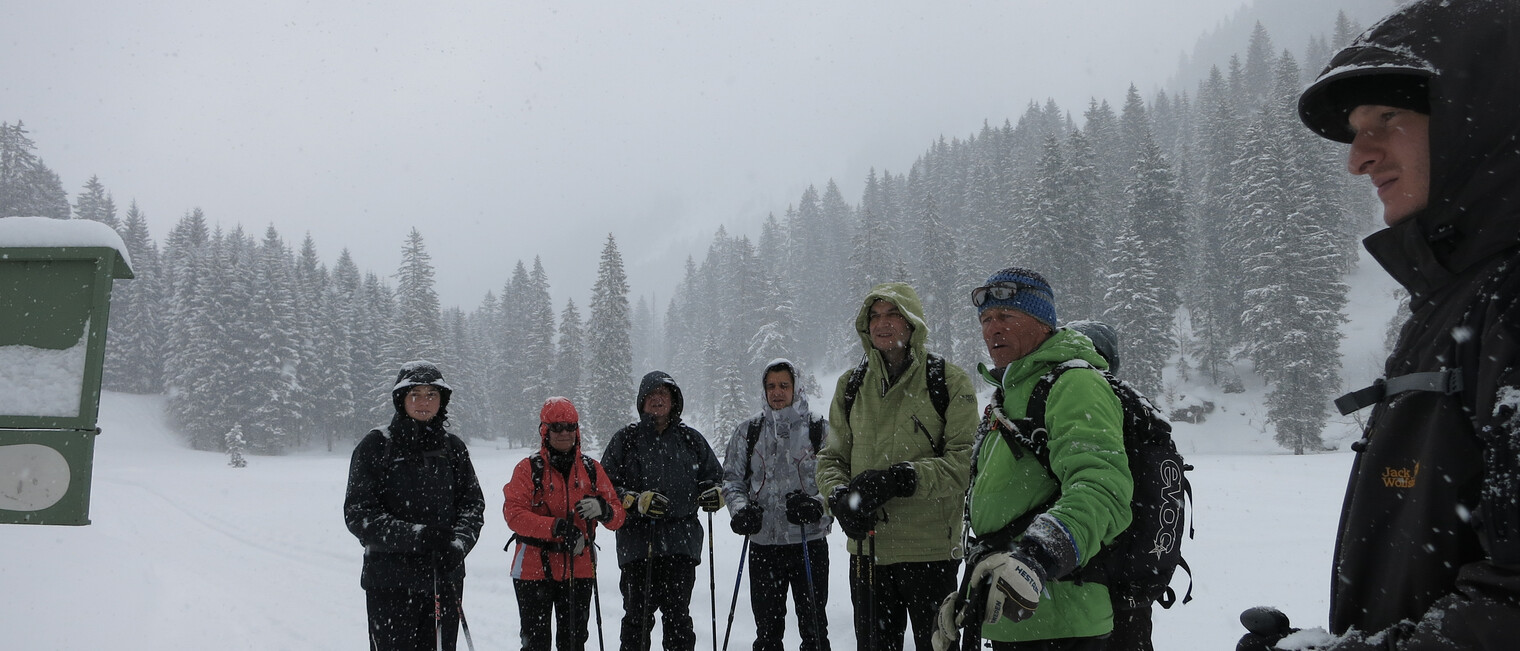











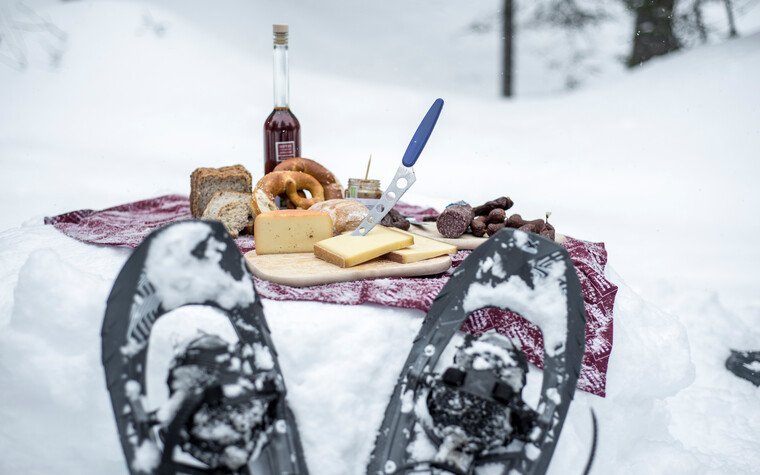

Share page...
...and tell others